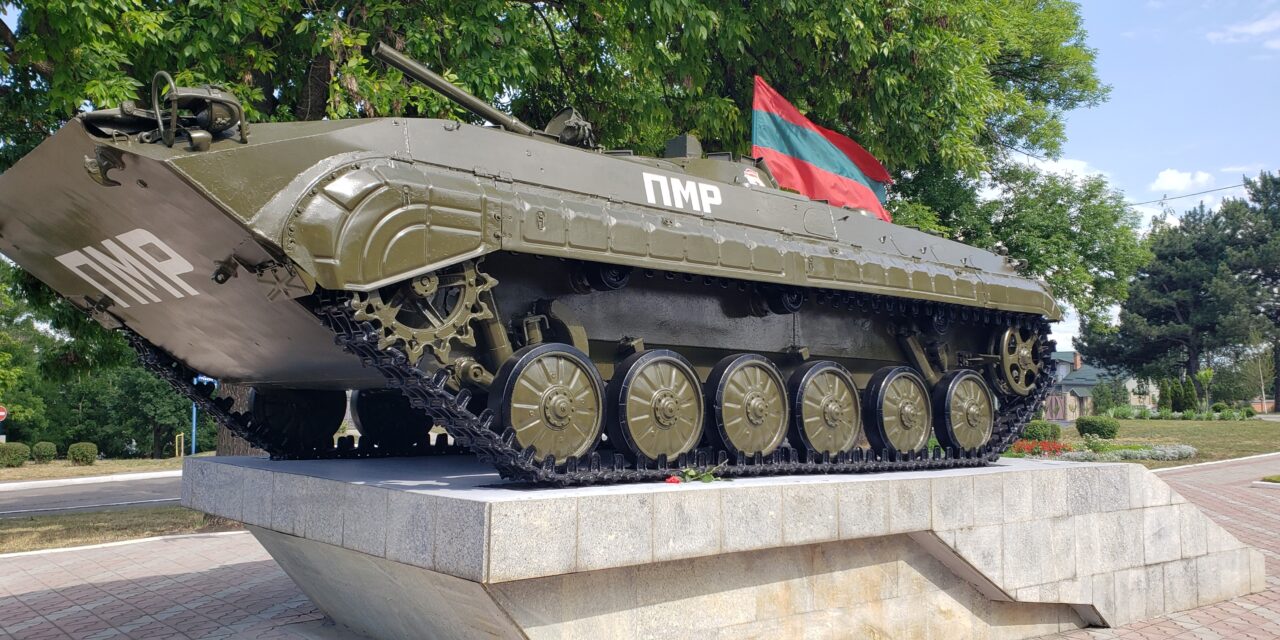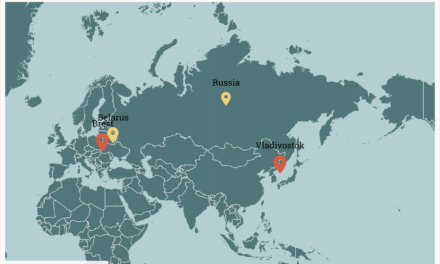Have you heard about this strange, eerie time warp to the Soviet-Union known as Transnistria? It’s a small strip of land smushed between Moldova and Ukraine where the people are really holding for dear life onto the Soviet sentiment. International is it seen as a part of Moldova. It does, however, have all the local characteristics of a separate statehood. However, one thing is missing: no international recognition is to be seen. No one, not even Russia, who has troops stationed there to this day. Eight attacks on the left bank of the Dniester since April 25 in 2022, have prompted fears that the Russian war in Ukraine will spread to Transnistria and Moldova. So, what is this all about?
It’s crucial to know about the Russian Empire, which contributed to why Transnistria is shaped the way it is today. Moldova, including Transnistria, was since 1812 part of the Russian Empire, and they had an enormous Russian influence established in the country. Moldova-based Dutch journalist Frank Elbers: “After the First World War when Treaty of Versailles was created, Moldova, minus Transnistria, became part of Romania. When that happened, the Romanians made sure they had a big cultural influence exerted. Except for Transnistria, who remained part of Russia till the collapse of the Soviet Union. Russian influence had always been constant in that particular corner of Moldova.”
Enlarge
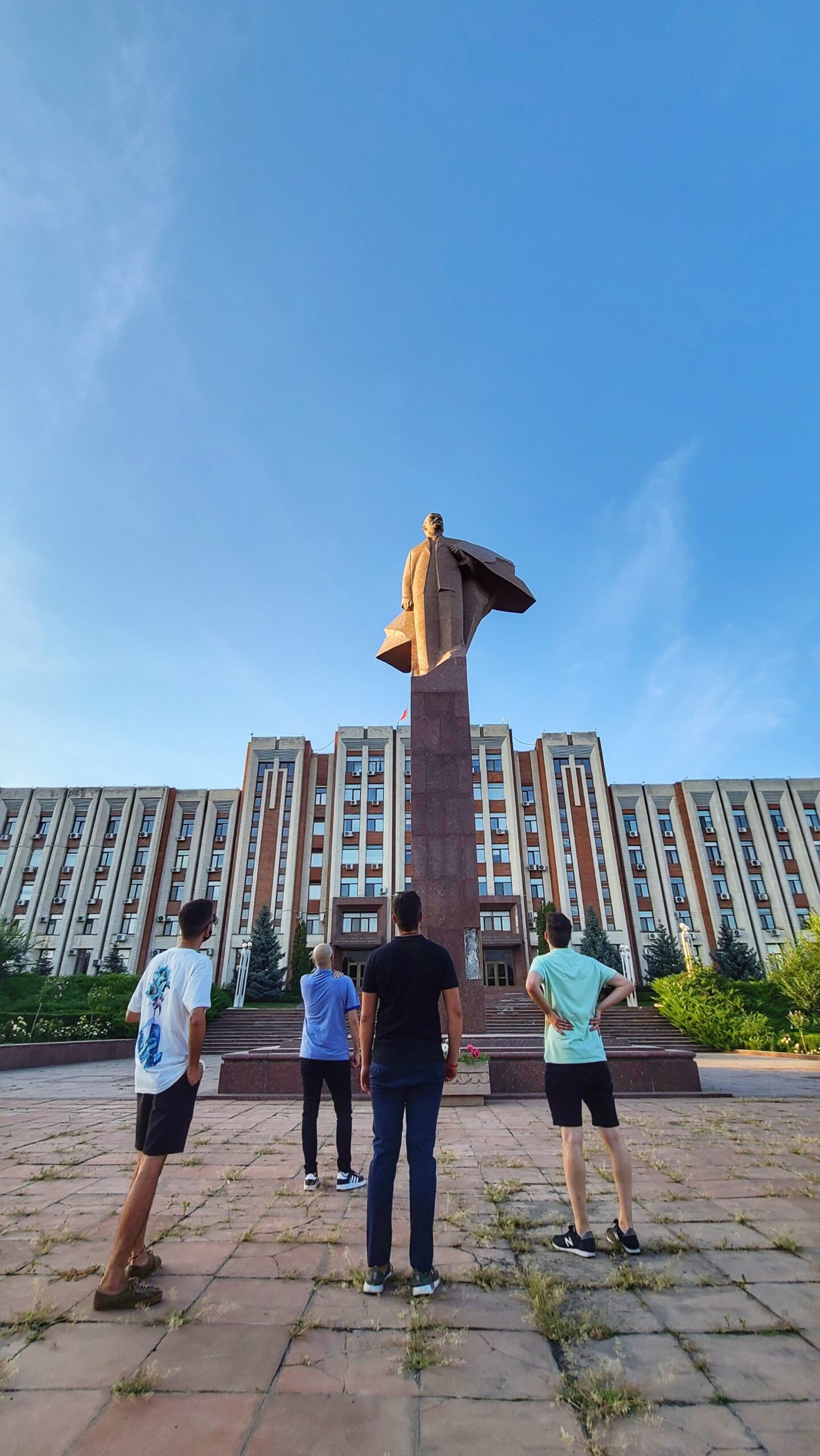

Image: Ecaterina Tvigun | Somewhere in the Transnistrian fields.
At first, the separatist regime used dialogue of independence to gain political power from Russia. It gave Russia the chance to keep Moldova stuck in endless negotiations, where Transnistria could make different demands about different parts of being a state. “Later, the region’s political and business leaders used the independence to keep Chisinau and Moscow in check and get benefits from both,” explains Dionis Cenusa, political risk analyst specialised in former Soviet-Union zones.
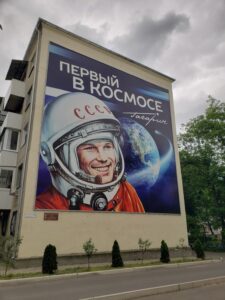
Image: Ecaterina Tvigun | A large image of USSR astronaut Yuri Gagarin with Russian words saying: “First in space”.
“Those who haven’t left Transnistria for Moldova grow up surrounded by Soviet symbols and listen to separatist political propaganda that draws on the region’s past as part of the Soviet Union,” says Cenusa. The region’s 350,000 residents, especially the elderly, are particularly susceptible to sentimentality due to frequent propaganda and the region’s relative seclusion.
Officially, Russian soldiers are stationed there to keep the peace – by putting distance between former warring parties – and watch over the ungodly amount of former Soviet ammunition depot in Cobasna. Independent researcher Cristian Vlas notices the following: “In reality, it used these excuses to keep up a separatist movement, which built state-like structures, an army, and an economy based on smuggling, tax evasion, and not knowing what prices were on the market.”
Cenusa: “The local economic and political elites of the region are interconnected, favouring stability and also willing to maintain the status quo that allows them to export with the EU.” If Transnistria aligns with Russia against Ukraine, Ukrainian reaction and Western sanctions might destroy the separatist regime. “Russia understands the vulnerabilities in the region and is quite happy to maintain the status quo that exposes the region to Ukraine’s military reaction against Transnistria,” Cenusa continues.
Enlarge
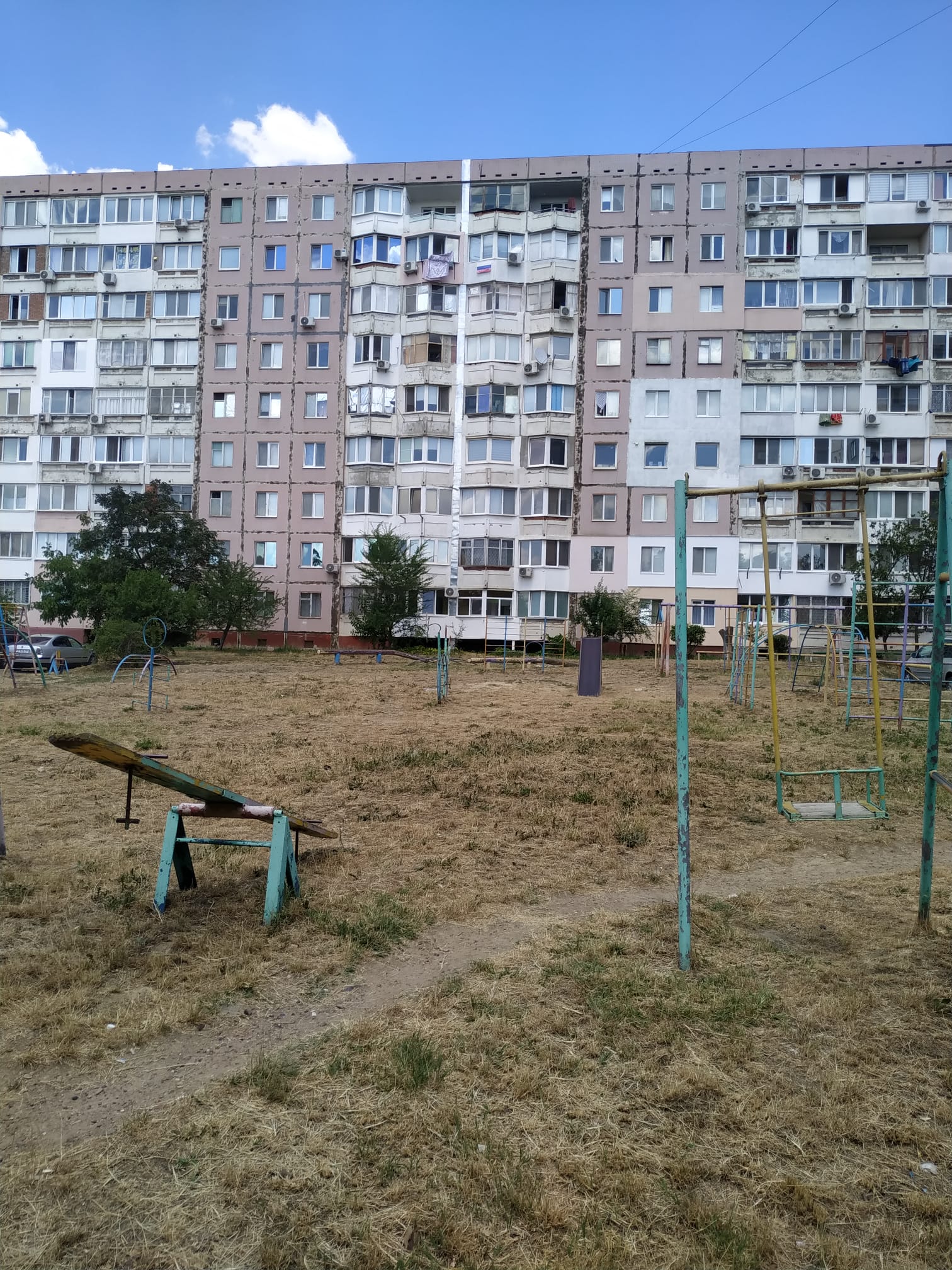
Tim Tiraspol
According to Vlas, what Russia is doing right now is threatening and destabilizing Moldova through other means: high energy prices, threats of cutting the gas deliveries, disinformation through pro-Russian local groups, large anti-government protests. “Building mistrust and fatigue over the effects of the war in Ukraine also plays a part in this. Let’s also not forget that Russia is failing at achieving even their most modest aims in the war against Ukraine,” he adds. In this regard, Ukraine is a good shell against a Russian aggression and could as well be considered a warrant for Moldova’s integrity and peace.
Enlarge
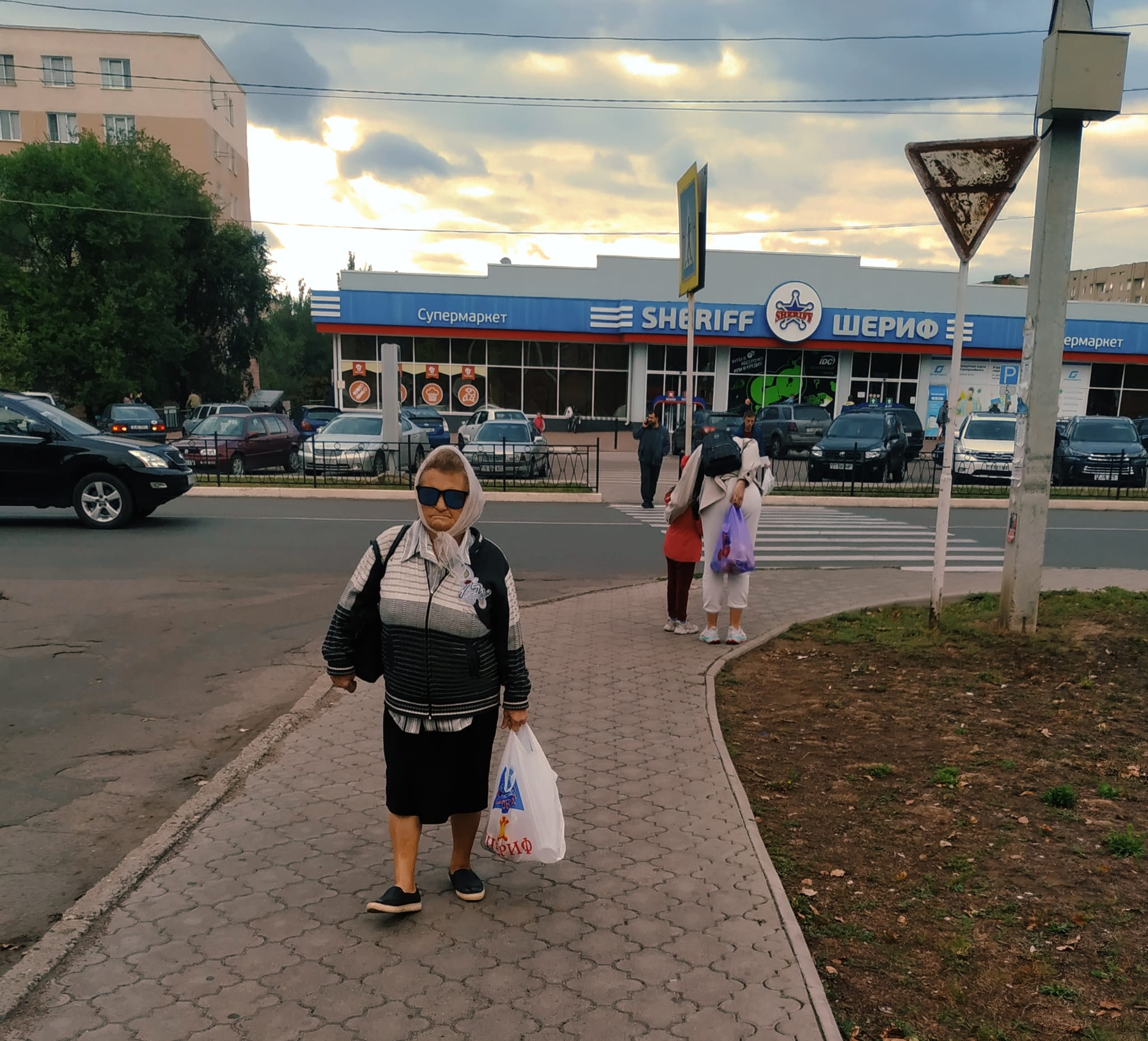
Tim Tiraspol
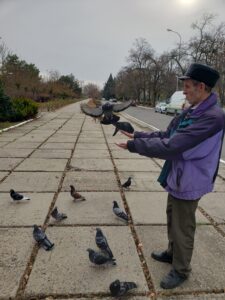
Image: Ecaterina Tvigun

Image: Ecaterina Tvigun | Sheriff is a perfect example of a local elite. It was created by former KGB officer Viktor Gușan, who owns a soccer club, supermarkets and gas stations.
So far, the Transnistrian separatists choose to remain neutral in Russia’s war against Ukraine because any involvement would destroy them. Though, there is another side to this. “Especially their so-called foreign minister, does not completely refrain from declaring their alleged need for protection against Moldova by Russia,” ends Vlas.
It is not clear how the neutrality of Transnistria towards Russia will affect their future relations with Moscow, but it’s clear that the separatist administration is well aware of the further isolation it faces from Russia and is relishing its opportunities to work with Moldova’s central government and, in particular, the European Union’s market.
